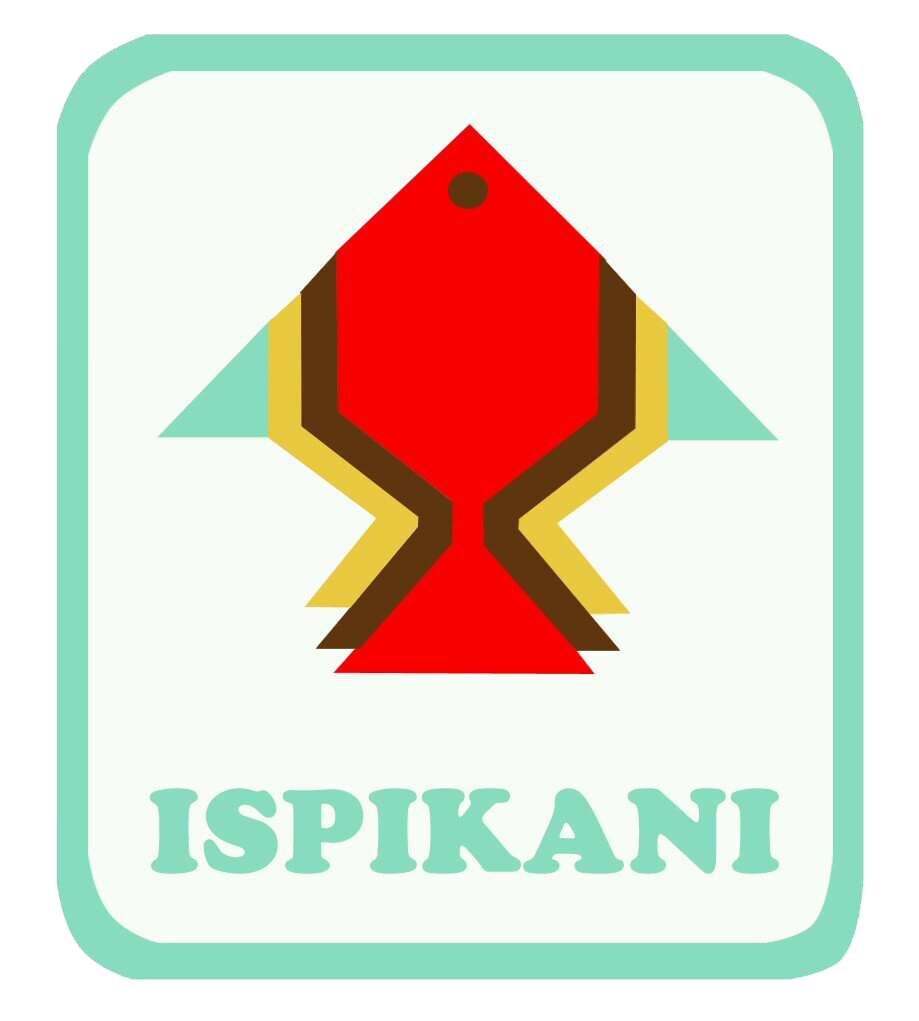The New Global Beacon of Light in Nusantara: Institutionalization of Indonesia's Halal-Thayyib Food Laws
Abstract
In examining the institutionalization of halal-thayyib (HT) and its enhancements, the aim of this article is to three-fold: (1) to deliberate on the ontological components of HT and to formulate an integrated Nusantara framework of halal-thayyib as guiding foundational pillars of institutionalization, (2) to examine insights, issues and social constructs of institutionalization of HT in Indonesia based on social actors’ own perspectives as well as legal and structural realities in Indonesia and (3) to provide an analysis of constraints, gaps and potentialities of institutionalization based the findings in relation to the integrated Nusantara framework of HT. This article is based on a case study in Banten, as Indonesian government has already identified it to be developed as the largest landmass of halal food-hub in Southeast Asia. The research employs deductive logic in the formulation of framework and abductive research strategy in obtaining the informants’ own insights and constructs vis-à-vis the subject matter. From the analysis, early indications in the empirical field show that the problems are arguably deep and wide-ranging. These issues become obvious with the incorporation of ‘thayyib’ (roughly means wholesomeness) into the halal concept especially when the entire food production process and its institutionalization practices are called into question. The overwhelming challenge is the rich prospects of the institutionalization of this enhancement in the halal food laws and certification. With the transformation into and adoption of halal-thayyib food laws, Indonesia will be well-placed as the leader not only in ASEAN but also regionally in Asia and beyond.
Full Text:
PDFDOI: http://dx.doi.org/10.37818/leuit.v3i1.15496
Refbacks
- There are currently no refbacks.

This work is licensed under a Creative Commons Attribution-NonCommercial 4.0 International License.

This work is licensed under a Creative Commons Attribution-Non Commercial 4.0 International License (CC BY-NC 4.0).







 DIKTI
DIKTI




